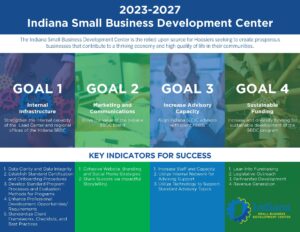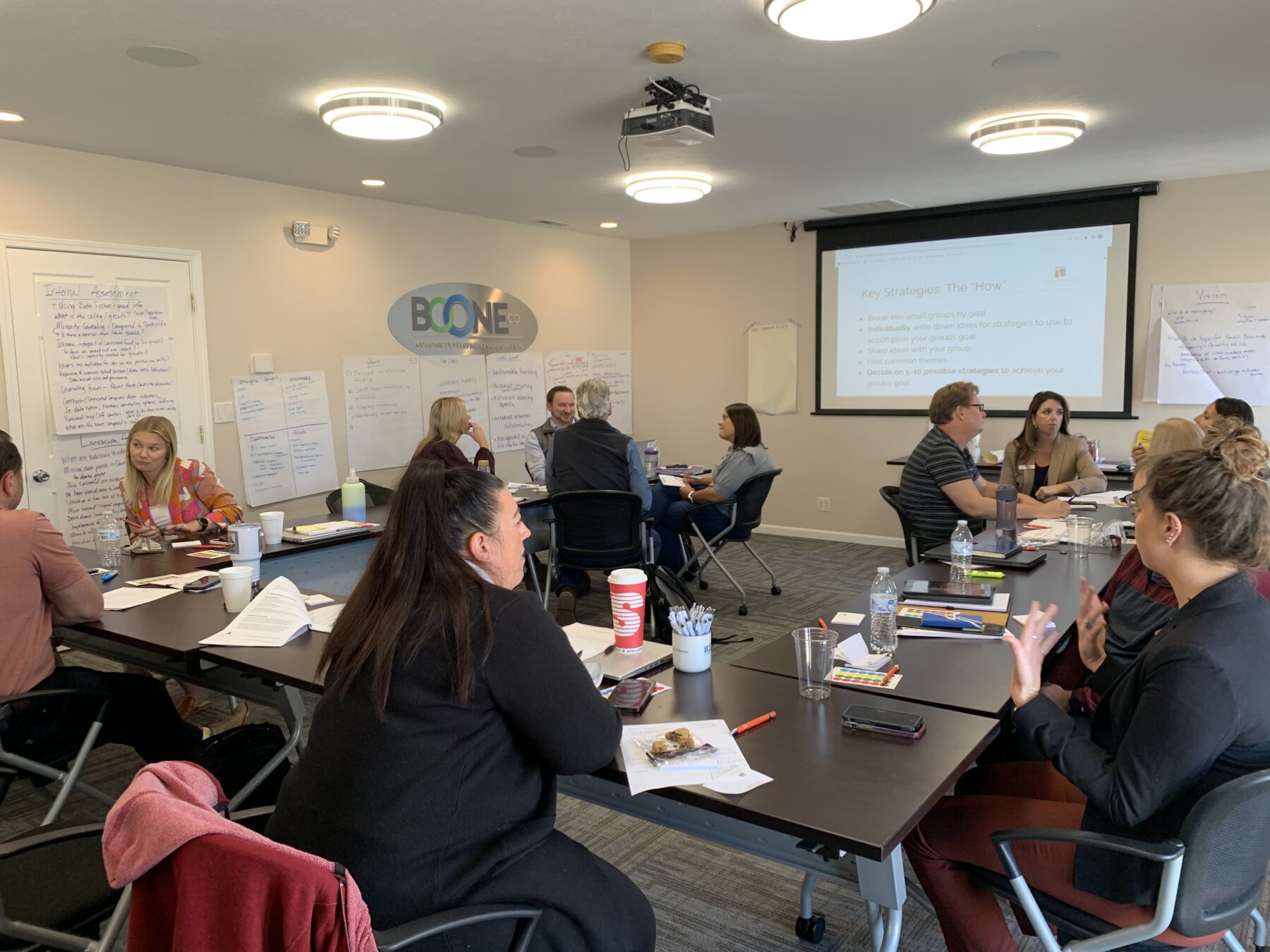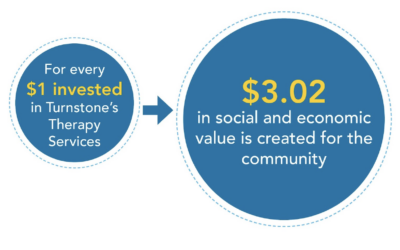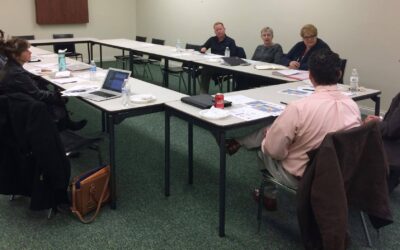We have developed a four-step process for completing strategic plans for clients. You can learn more about our four-step process here.
![]()
The second step of our strategic planning process, “Analyze the Organization and Landscape,” is where we spend most of our time to inform the strategic plan. In addition to engaging key stakeholders and reviewing organizational information, we also complete research on aspirational organizations and peer models. By researching best practice models and peer organizations, we can inspire the staff and board of directors on what’s possible for our clients.
When we meet with our client during the kick-off meeting, we ask them a series of questions to help guide the second step in our strategic planning process:
- WHO do you want to solicit feedback from?
- What do you want to KNOW/ LEARN from them?
- What is the best METHOD to engage them (interview, survey, focus group)?
In addition to engaging stakeholders for feedback, we also spend time discussing their industry and considering a landscape scan to inform our aspirational research. We might ask the following questions to inform this part of the process.
Who do we want to study?
|
What do we want to learn?
|
“Exploration is the engine that drives innovation.”~ Edith Widder
We take this input from our client and identify 3-5 organizations that meet this criteria. Depending on our budget and timeline, we will use online resources to answer these questions, schedule interviews, and/or facilitate site visits with the aspirational organizations. We have found that most organizations are willing to meet with our team to answer these questions and share their insights.
Case Study Examples
For example, TCG worked with the Indiana Small Business Development Center to create its new strategic plan. They wanted to research other states that had a similar organizational structure as them – a quasi-government agency. They also wanted to understand how their peers address operational focus areas, such as funding models, specialized programming assistance, and staffing structure.
TCG worked with the Crawfordsville Masonic Temple Foundation on a strategic plan to help them cast a vision for their historic building and event center. TCG identified organizations based on community population demographics, financial asset sizes, and potential opportunities for the Crawfordsville Masonic Temple Foundation to pursue. We sought to understand the history and development of the building, the event center rental details, and general financial income and expenses.
TCG worked with the Indiana Department of Child Services to develop a strategic planning process to inform the prevention of child abuse and neglect for the state and local communities. We completed aspirational research that focused on the three types of prevention: primary, secondary, and tertiary. TCG summarized the different program models for each category and how states and local communities implemented them.
After we research the aspirational organizations, we summarize our findings and learnings in the “Organizational Analysis and Needs Assessment Summary Report” we prepare before each strategic planning retreat. During the planning retreat, we discuss the aspirational research, and the planning committee reflects on the research to determine how it can help inform the future of their organization.
By including this aspirational research in our strategic planning process, we help our clients be inspired about what is possible for their future. Sometimes, nonprofit organizations are “stuck” but don’t know other pathways or possibilities. When we feature other models and peer organizations, it can inspire the future and clarify a way forward.
Learn more about our strategic planning solutions here. If you have questions or are ready to discuss a project, you can talk with a team member here.





